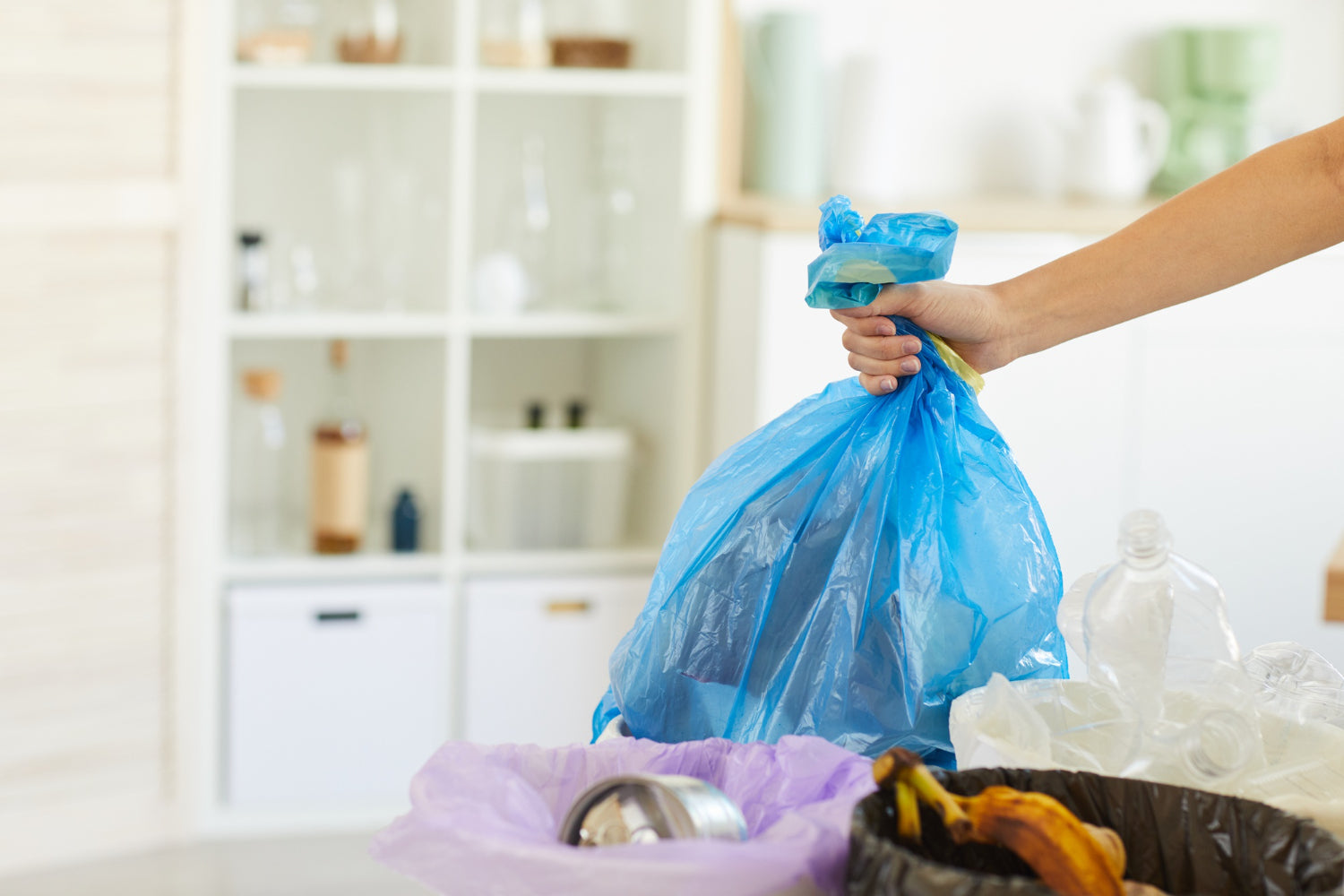Trying to go green at home often starts with small steps, and one simple change is using compostable garbage bags. With an increasing focus on sustainability, knowing how to choose the right products makes a big difference. The issue is, many people aren’t sure whether their garbage bags truly are compostable or if they fall into other categories like biodegradable or recyclable. Understanding these differences helps us make informed choices that benefit both the environment and our households.
Compostable, biodegradable, and regular plastic bags seem pretty similar at first glance, but their environmental impacts vary significantly. Compostable bags truly break down into non-toxic, natural elements under the right conditions. On the other hand, biodegradable bags decompose more slowly, and regular plastic bags? Well, they stick around for ages. Let's explore these options and find out what makes a garbage bag genuinely compostable.
Understanding Compostable Garbage Bags
Compostable garbage bags are designed to break down quickly in a composting environment, unlike other types that leave behind microplastics or take years to decompose. These bags are typically made from renewable resources such as cornstarch, PLA (polylactic acid), and other plant-based materials. They need a specific setting with particular levels of heat, moisture, and microorganisms to decompose properly.
The environmental benefits are clear. Compostable bags turn into compost that enriches the soil, reducing waste in landfills and decreasing plastic pollution. Choosing these bags contributes to a healthier planet and can even enhance garden growth if you compost at home. It's like giving a nutrient-packed vitamin boost to your garden.
Common Misconceptions
- Compostable vs. Biodegradable: Many people assume that "biodegradable" and "compostable" mean the same thing. However, biodegradable bags might break down eventually, but not necessarily in a way that benefits the environment. Compostable bags, on the other hand, are designed to break down efficiently, often leaving no harmful residues behind.
- Eco-friendly Labels: Be cautious of labels claiming to be eco-friendly without specifying what it truly means. Not all are compostable, and misleading marketing might lead you to buy bags that don't meet your green goals.
- Recyclable Bags: While some people think recycling is the best solution, not all recyclable bags fit into current recycling processes, and improper sorting can contaminate recycling streams.
Knowing these distinctions helps you pick the right product for your needs and reinforces your commitment to sustainability. With these points in mind, you’re on your way to understanding the bigger picture when it comes to waste management.
Identifying Genuine Compostable Bags
Figuring out if a garbage bag is truly compostable doesn't have to be a puzzling task. There are a few straightforward things to look for that can make this determination much easier. First, check for certification logos. Recognizable certifications like those from the Biodegradable Products Institute (BPI) or TUV Austria ensure that the products meet industrial compostability standards. These logos are your go-to markers for authenticity.
Next, delve into the material composition listed on the packaging. Compostable bags should be predominantly made from organic materials like cornstarch. If you see a mix of unfamiliar chemical names, it might be a red flag. Be cautious with marketing terms that lack specific details. Terms like "eco-friendly" or "green" without additional context can be misleading. The goal is to look for straightforward labels that confirm the bag’s compostable nature.
Tips for Using Compostable Garbage Bags
Now that you know how to spot a true compostable bag, let's talk about using them effectively. These bags require a bit of care and attention to work at their best.
1. Storage: Keep compostable bags in a cool, dry place. Exposure to heat or moisture can start the decomposition process.
2. Disposal Practices: Use them for organic waste and dispose of them properly in a composting facility whenever possible. If you're composting at home, ensure your setup can reach the temperatures needed for breakdown.
3. Integrating into Your Routine: Start small by using these bags in the kitchen for food scraps. They’re also great for yard waste. As you get used to them, gradually expand their use throughout the house.
These practices help maximize the benefits of compostable bags, ensuring your effort in reducing waste is both efficient and impactful.
Making a Green Choice
Choosing the right garbage bag might seem trivial, but it plays a vital role in managing waste and maintaining environmental health. Compostable bags offer a guilt-free way to handle waste while nurturing our planet. By recognizing genuine compostable bags and using them properly, you're contributing to a sustainable lifestyle.
Remember, every little change helps. By understanding what to look for and how to use compostable bags effectively, you're making an informed and eco-friendly choice. That choice supports a cleaner environment, reducing your carbon footprint one compostable bag at a time.
Switching to eco-friendly options has never been easier with Plastno's support. If you're looking to truly make a difference with your waste management, start by using a quality compostable garbage bag. Explore Plastno's selection to discover how our products can simplify your sustainable journey.






Share:
Do Compostable Trash Bags Break Down with Wet Food Waste
Understanding The Plastno Ingredients Label of our Multi-Surface Tablets